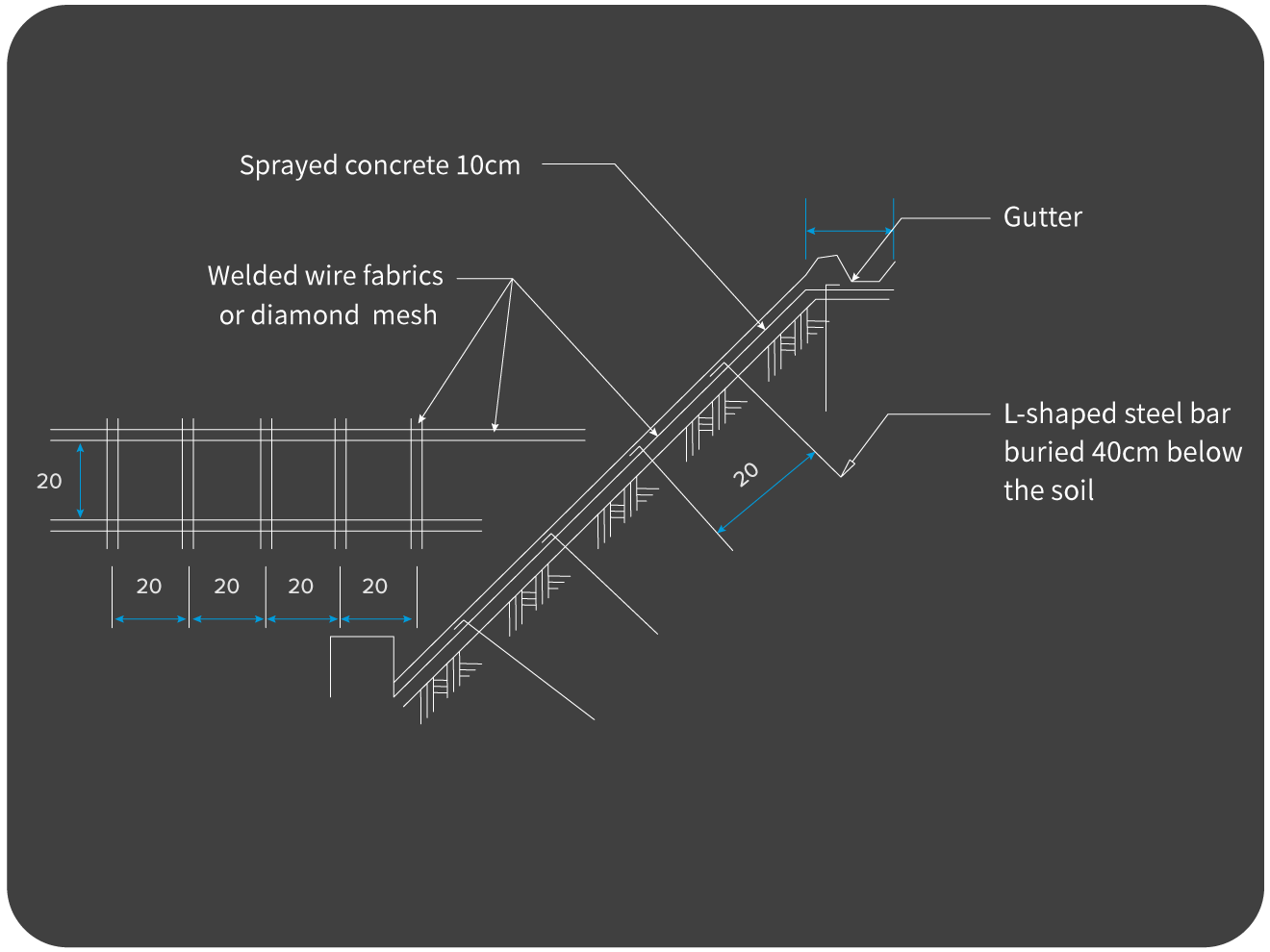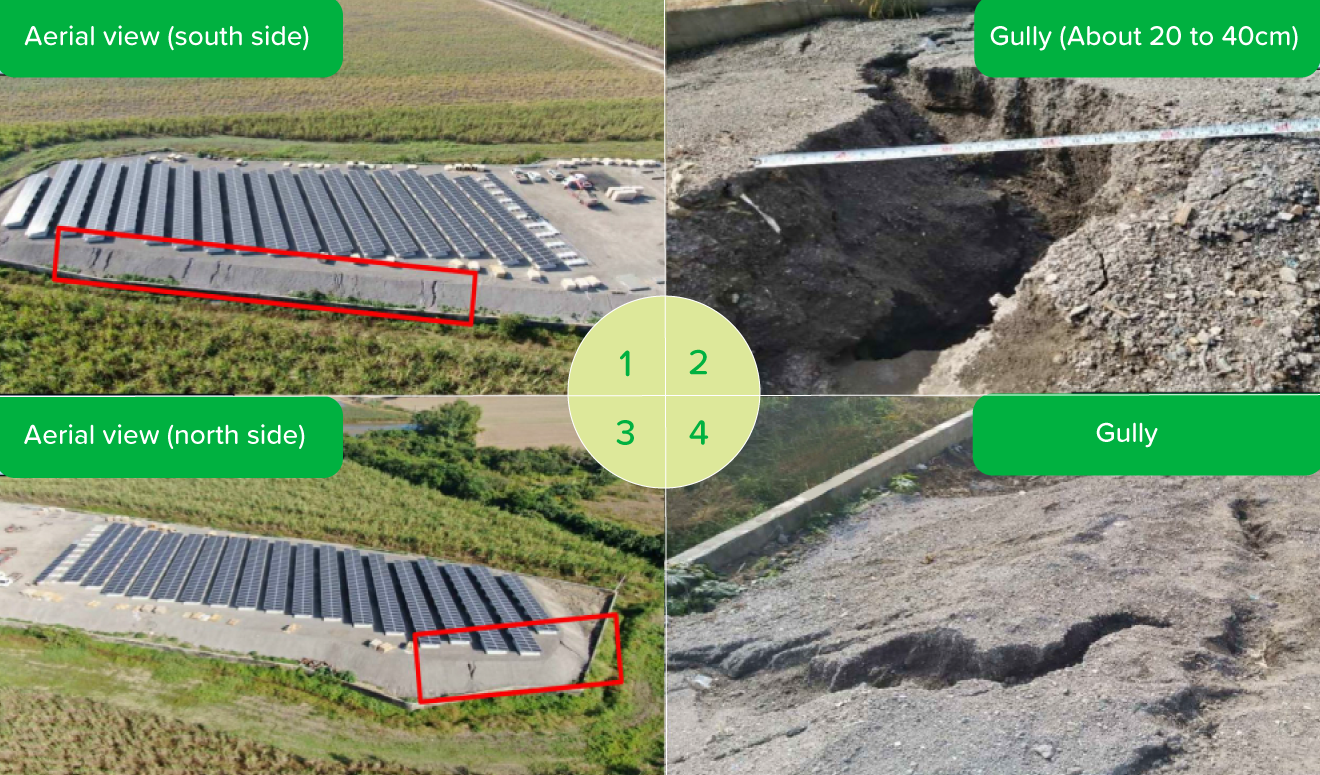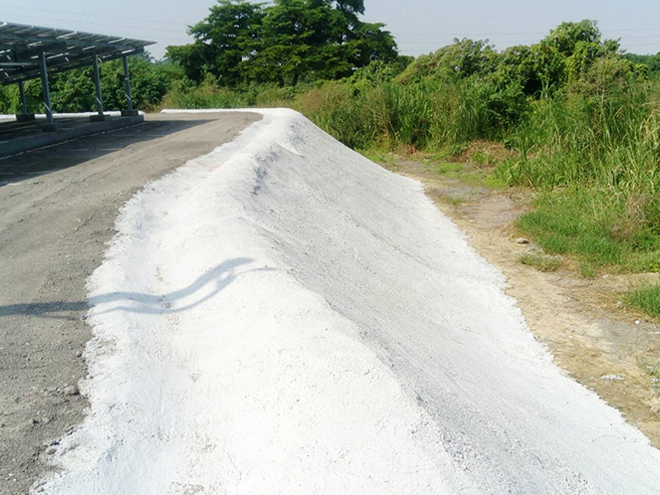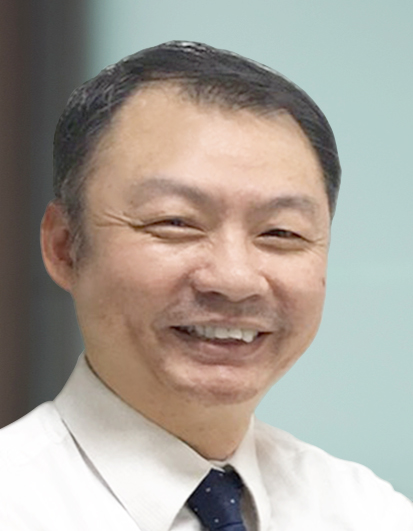Key Technology
關鍵技術
Introducing ECOVE's Experience in Building Solar Power Plants with Special Geological Conditions
To support the government's energy diversification policy, ECOVE Solar Energy Corporation—a subsidiary of ECOVE—has invested in more than 50 solar power plants across Taiwan. It is skilled in installing solar power systems in locations with special geological conditions, and currently enjoys “the largest installed solar capacity on lands remediated from landfills across Taiwan.” With an annual power generation capacity of 60 GWh from all its solar investments, ECOVE is contributing to greenhouse gases reduction equivalent to the amount of CO₂ that can be absorbed by 90 Daan Forest Parks in Taipei City annually. The company has considerable experience in assessing solar power constructions and applying for electricity enterprise licenses. With rich technical experiences, sound finances and corporate governance, lean human resources, as well as an excellent reputation for quality, it has now successfully entered the U.S. market.
Constructing Solar Power Plants to Reduce Pollution
As Taiwan is densely populated, there is no sufficient land for solar power plant constructions. Seeking multiple uses of land has therefore become the best option possible. However, land conditions vary from place to place, so does the surroundings of lands with special geological conditions. This is why it is very worthwhile to turn landfills that have been closed for operation into solar power plants. It can not only reduce the pollution problem through land remediation, but can also boost renewable energy generation. That being said, there are many challenges and difficulties with respect to the special geological conditions of landfill sites that need to be straightened out during construction. Such challenges include: assessing the actual size of land that can be used for power installation, land subsidence problems, base drainage work, and maintenance work. Having constructed solar power systems at 14 landfills across Taiwan, ECOVE has considerable experience in this regard, and is highly acclaimed by the owners. One of its strengths is to set up solar power plants at landfills with special geological conditions. Currently, the idle landfills are mostly regional sanitary landfills built in early days for disposing of domestic waste. After a long period of time, these landfills have been covered by weeds and trees, which are beneficiaries of the ample nutrients that come from decomposed waste. This makes it difficult to see a complete picture of the terrain. In order to make a proper investment decision, it is very important to have an accurate estimation of the size of land suitable for solar power installation. According to our practical experiences, we have created a database that allows us to compare the terrain of many landfill sites before and after land remediation. Based on the elevation correction with recycled pellets, we later developed a set of standard operating procedures for assessing the area of solar power installations at landfill sites using aerial-photography models. This not only improves the land use efficiency, but also enables the multiple uses of landfills, including ecological preservation, landscaping, and environmental protection.
Land Subsidence Is a Problem that Must Be Addressed in the Construction of Solar Power Systems at Landfills
The foundations of lands remediated from landfills built in early days tend to be not as compact as ordinary land due to loose layer compaction and the continual waste decomposition, leaving land subsidence a problem that must be addressed as soon as solar power constructions are completed. To deal with this special geological condition, the key lies in using critical technologies in the course of land grading to slow down the subsequent subsidence and prevent further irregular subsidence. As “the most reliable services provider,” we worked with various contractors and came up with a different solution other than general land grading. To reduce the impact of possible land subsidence in the future, we adopted the layered vibratory compaction method when filling recycled pellets, while making sure that the slope angle is always smaller than 60°, and that the slope maintains stabilized. This solution is more complicated in terms of the process and coordination with government agencies, and also costs more for land remediation; however, it is incumbent on us to ensure more stable geology and power supply in the next 20 years. We hope to set a new model of green energy constructions for Taiwan's large electricity enterprises.

Figure 1. Design of slope protection and gutter at the landfill site.
A Look at Some Safety Issues of Base Drainage Work That Are Easily Overlooked
At ECOVE, "Safety First" is not merely a slogan or routine, but is internalized in every employee's daily life. Determined to become an environment, health, and safety benchmark enterprise in Taiwan, ECOVE takes the safety of solar power constructions seriously. Generally, landfills are not located at hillside conservation areas, and that is why the base drainage work is often omitted. In addition, landfill are paved with impervious cloth at the bottom and the soil is not compact enough. Given such geological conditions, the soil below can easily become saturated with rainwater after continuous rain and becomes even friable, making the solar power foundation prone to subside. Also, if drainage facilities are ill-designed, there will be gullies at heavy rains, causing the slope to become unstable and further jeopardizing the safety of the infrastructure. In a serious case, it may cause the matrix to tilt and further affect the safety of residents nearby and employees. To address such special geological conditions, it is necessary to design a water discharge slope during land grading stage, with gutters set at the bottom to guide rainwater to the catchment areas around the site.

Figure 2. Gully on the slope of the landfill site.

Figure 3. ECOVE's design of slope protection and gutter at the landfill site.
Regular Review and Continuous Optimization of Solar Power Installations with Special Geological Conditions
ECOVE has been constructing solar power systems at landfills with special geological conditions ever since 2016. Despite the problems and difficulties we have encountered over the past five years, we have come to master the landfills’ special geological conditions through continuous review and optimization. We continue to carry out regular reviews on the geological changes, impacts of heavy rains, and impacts of exhaust gas at completed solar installations, so that we can keep honing our skills. ECOVE has been engaged in the development, construction, and management of solar power plants for a long time. For projects with special geological conditions, we take advantage of the group's resources to transform idle landfills into solar power plants, which adds value to the lands and brings the benefits of renewable energy. In the future, we will continue to support the government's renewable energy policy with concrete actions in order to make green energy a reality and achieve the targets of the renewable energy policy.

